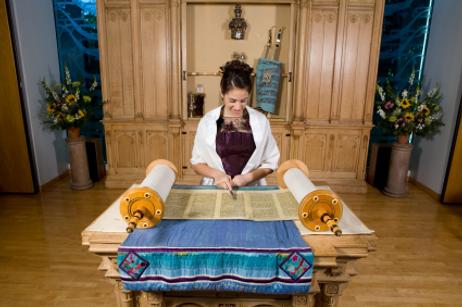When you consider sending your child to a private school, you will spend much time reviewing school websites. As you do that, remember that you see what the schools want you to see. Think of the private school website as its front door and entrance hall; you will get the idea. Once you get to the next stage of the school search process, look for the five features every good private school should have. Doing your due diligence will take a lot of your time, but confirming that schools on your short list meet your needs and requirements is necessary.
Small Classes
Small classes are at the top of the list of features that every private school should have. If the private high school that you are looking at doesn't have small classes, what is the point of taking your child out of public school? Obviously, the adjective small can be interpreted in different ways. Typically, a class size of 12-15 students will allow students plenty of interaction with their teacher. That interaction is a critical part of learning and is one of the features you must look for when considering sending your child to a private high school.
This Savannah Country Day School video illustrates some of the features you should look for in a private school.
Small classes mean that your child won't just be a number. She cannot fall through the cracks.


























